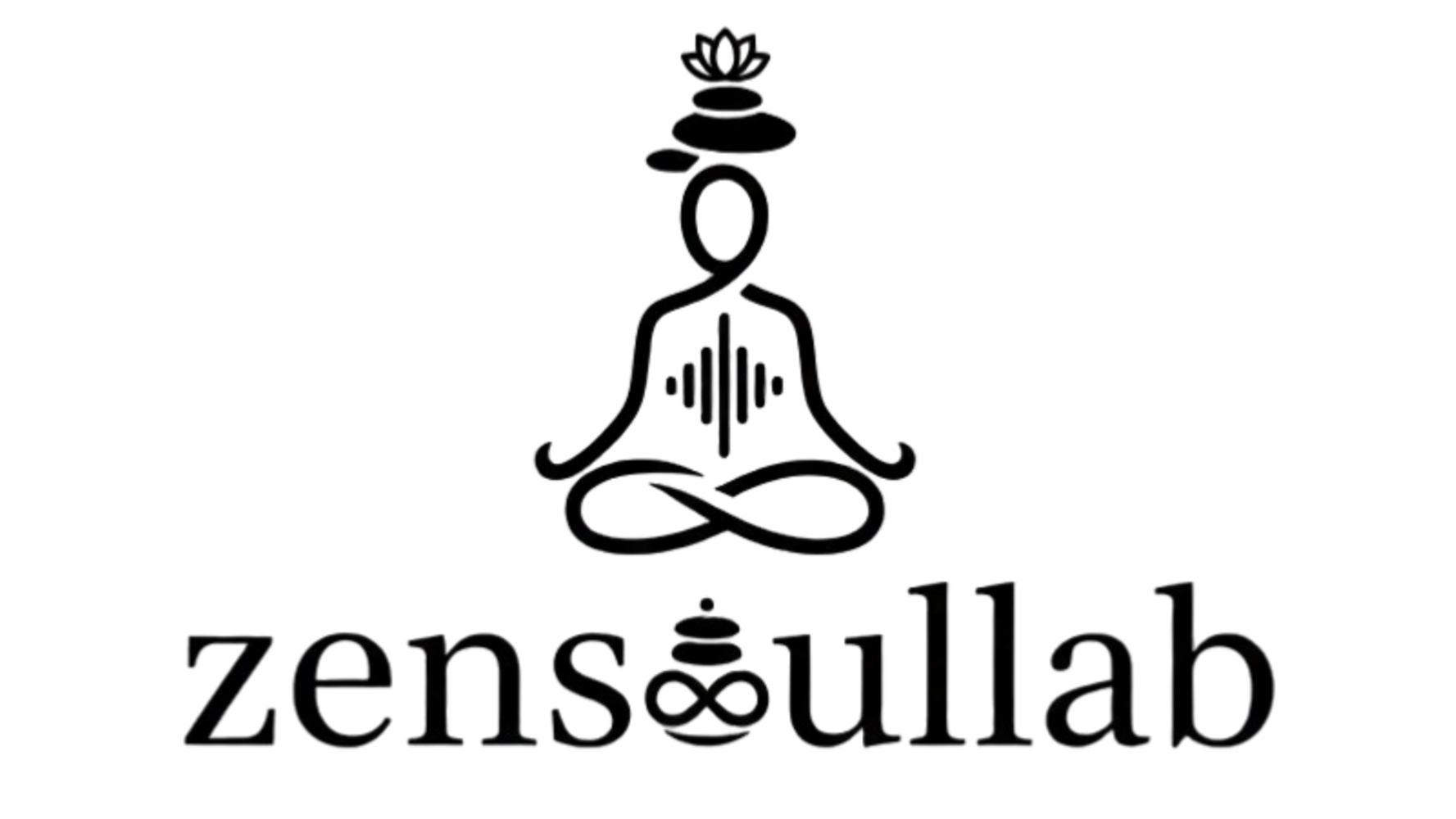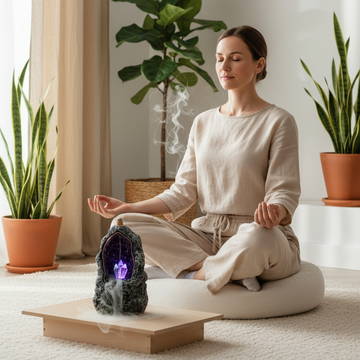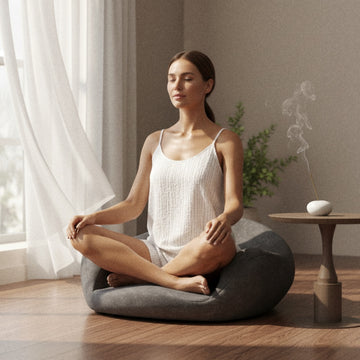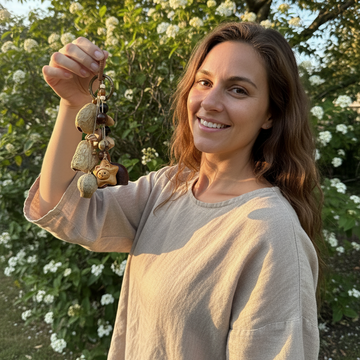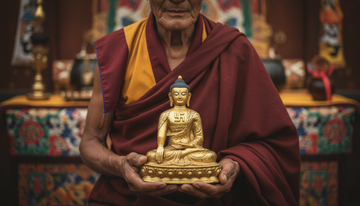Opening: Breath that brought me back
I first met 4-7-8 breathing not on a yoga mat, but on a restless night of insomnia. I lay awake with my mind racing—emails, meetings, worries. I tried inhaling for 4, holding for 7, exhaling for 8. By the third round, my heart slowed, my thoughts softened. I didn’t pass out instantly, but I realized: breath isn’t just physiology—it’s a key to self-healing.
1) What is 4-7-8 breathing?
Steps: inhale for 4 (nose) → hold for 7 → exhale for 8 (mouth) → repeat 4 cycles.
Mechanism: longer exhale activates the parasympathetic system; the hold increases oxygen awareness; rhythm soothes heart rate.
2) Benefits of 4-7-8 breathing
-
Sleep support (meditation for sleep / insomnia breathing)
-
Anxiety relief: quick brake when panic rises
-
Stress reduction: lower cortisol, steadier mood
-
Focus training: stabilize wandering mind
-
Emotional balance: connect to calm states
-
Meditation support: entry to breath awareness meditation
3) How to practice 4-7-8 breathing
Sit or lie comfortably; start with 1–2 sessions daily, 4 rounds each; adjust if 7 feels too long; focus on rhythm, not perfection.
4) Comparisons
-
Box breathing (4-4-4-4): stable mood, daytime use
-
Pranayama: spiritual and diverse
-
Breath awareness: simplest, anytime
-
4-7-8: quick calm, best for sleep & anxiety
5) 14-day plan + 8-week ramp
14-day starter: nights 2–4 rounds; later add daytime use; pair with body scan.
8-week ramp: fix morning + night slots; combine with three-minute meditation and PMR; adapt to insomnia vs. daytime anxiety.
6) My reflections
As a “night overthinker,” I once chased sleep desperately. 4-7-8 breathing taught me: I can’t force sleep, but I can signal safety to my body. Later, in meetings or after arguments, I quietly practiced two rounds—it was my way of reclaiming peace.
7) FAQ
-
How long to see results? Some relax on day one; others 2–4 weeks.
-
Morning vs night? Night for sleep, day for calm.
-
Oxygen concerns? Adjust the 7 or skip if needed; focus on ease.
-
With meditation? Yes—pairs well with guided meditation for sleep.
Closing
The 4-7-8 technique isn’t magic, but it’s a path home. Each time stress or insomnia pulls you away, breath reminds you: you can always return.
